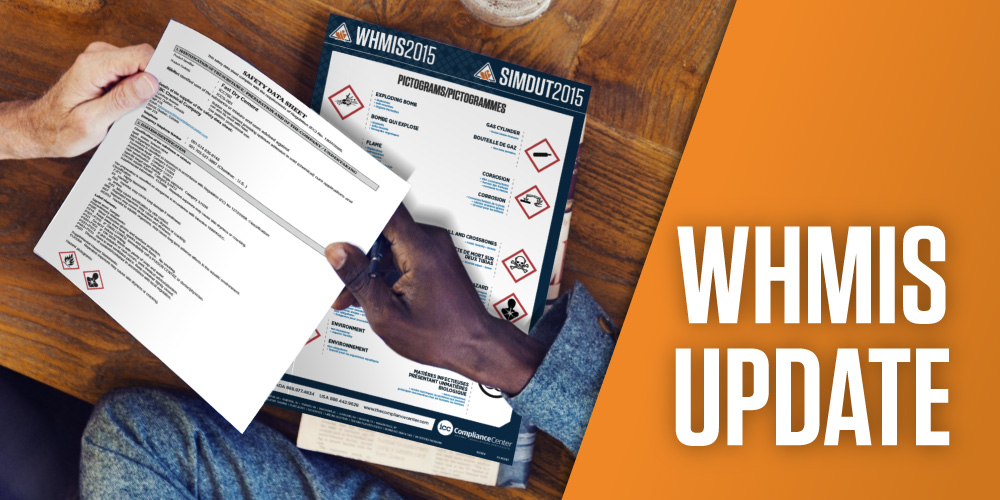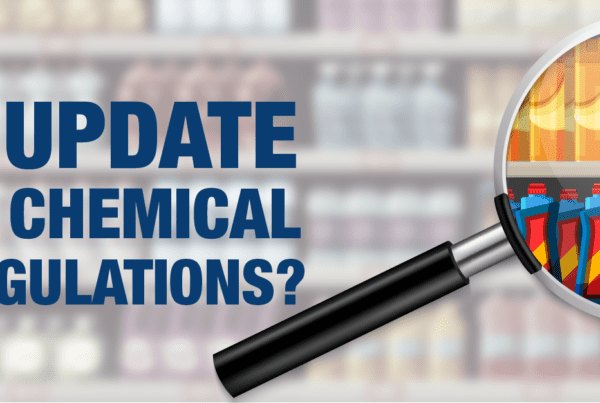
WHMIS 2015 SDS Requirements
Next in our WHMIS 2015 series we’ll discuss the Safety Data Sheet (SDS), formerly known as the Material Safety Data sheet or MSDS.
There were significant changes to the Safety Data Sheet (SDS) when WHMIS 2015 was adopted including the WHMIS 2015 classification and label elements in section 2. In addition, the SDS must be provided in English and French.
The required elements on a WHMIS 2015 SDS are outlined on Government Canada’s Website
Note that when preparing the SDS, each section, heading and specific information element is mandatory, even if you do not have the information to go into that section. When that is the case, “not available” or “not applicable” can be used in place of the data.
The SDS must be available and accurate at the time of sale. The good news, is under the federal rule, the SDS no longer expires. However, provincial rules may require that the SDS is updated every 3 years; this is true for British Columbia and the Yukon territory.
However, there is a requirement to update the SDS when new significant information becomes available. The question becomes, how do you know if new information is available, if you don’t review your SDS on a regular basis.
A few other points of interest regarding the SDS include:
- The SDS must have the identity of the Canadian supplier. The exception to this rule is if the Canadian supplier is importing a hazardous product to be used at their facility (not re-sold), then the foreign company’s information can be retained.
- An emergency response phone number is required on the SDS. This should not be confused with the 24-hour requirement for transporting – although they can be one in the same. The emergency number on the SDS will be used to allow the caller to get information on the hazardous product. If there are restrictions on use of the number (i.e., only available Monday to Friday 8 AM – 5 PM), that should be noted as well.
- Each ingredient in a hazardous mixture must be listed if it is classified with a health hazard and is present above the designated concentration limit for that classification (i.e., Acute Toxicity Category 4 is 1%). However, remember that you must add the health hazard ingredients that are above concentration limits even if they do not contribute to the final classification of the mixture.
- And finally, lucky for all Canadians is that in April 2018, Health Canada allowed the use of ranges to help with confidentiality. Note, however, that the ranges are not the same as they were for WHMIS 1988. You may consult our previous Blog – WHMIS 2015 Concentration Ranges – Finally some Relief for more information.
ICC Compliance Center is your source for products, services, and training. Our services include classification, authoring and reviewing safety data sheets. If you are struggling with the safety data sheet component of WHMIS 2015, give us a call, we would love to help.






 ICC USA
ICC USA ICC Canada
ICC Canada